Why Crows Bring Gifts: The Science of Avian Intelligence

TL;DR: Virtual reality experiments are revealing how honeybees form sophisticated cognitive maps with brains smaller than sesame seeds, revolutionizing our understanding of intelligence and inspiring energy-efficient robots while guiding pollinator conservation.
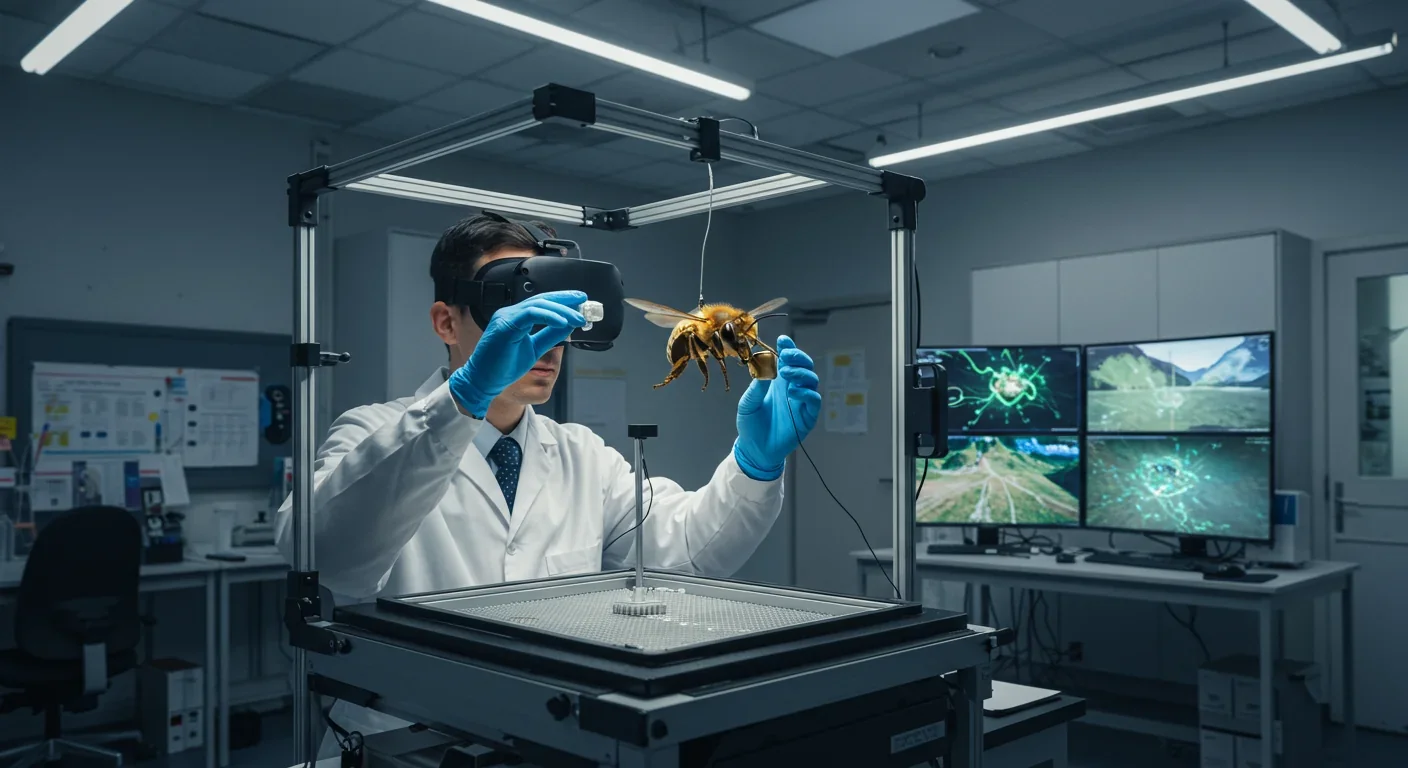
Imagine strapping a virtual reality headset onto a creature whose brain is smaller than a sesame seed. Sounds absurd, right? Yet this is exactly what scientists are doing with honeybees, and the discoveries are reshaping our understanding of intelligence itself. By 2030, researchers predict that insights from bee VR experiments could power the next generation of autonomous robots, revolutionize conservation strategies, and answer fundamental questions about how complex cognition emerges from tiny neural systems.
These aren't just parlor tricks. When bees don VR headsets and navigate simulated landscapes, they're revealing cognitive maps so sophisticated they rival systems found in mammals. The technology allows researchers to control every visual cue a bee encounters, creating experiments impossible in nature. What they're finding challenges everything we thought we knew about the relationship between brain size and intelligence.
Honeybees routinely fly several kilometers from their hive, navigate through complex terrain, remember dozens of flower locations, and communicate precise directions to nestmates through their famous waggle dance. All of this happens inside a brain containing roughly one million neurons, compared to our 86 billion.
The secret lies in specialized brain structures called mushroom bodies. These cup-shaped neural clusters change size throughout a bee's life, growing larger as young bees transition from nursing duties inside the hive to foraging in the outside world. It's neuroplasticity on a miniature scale, and it's directly tied to their spatial memory abilities.
What makes bees perfect subjects for navigation research isn't just their impressive abilities but their experimental tractability. They can be trained to associate specific visual patterns with rewards, they return reliably to food sources, and crucially, they navigate primarily using vision rather than smell or magnetic fields.
Recent studies show that bees don't just follow instructions blindly. When researchers at the University of California trained "dancer" bees to a feeder along a gravel road, then released dance-following bees from different locations, something fascinating emerged: bees integrated the communicated vector with their own remembered landmarks. Where a familiar path existed, they followed it. Where it didn't, they searched systematically. This is cognitive mapping, not rote following.
As lead researcher Wang Zhengwei explains, "Waggle dance-following bees do not simply follow a blind vector instruction, they integrate it with a cognitive map of their surroundings built during earlier exploratory flights." That integration requires holding multiple pieces of information in working memory simultaneously, which brings us to why VR has become essential.
Traditional bee navigation studies face a fundamental problem: you can't control nature. Real landscapes have infinite variables—wind, changing light, moving obstacles, unpredictable weather. Virtual reality solves this by giving scientists complete control over what the bee sees while monitoring exactly how it behaves.
The experimental setup is ingeniously simple yet technically demanding. A bee is tethered in place on a small platform that can rotate freely. Around it, high-speed projectors or LED screens display a 360-degree virtual environment. As the bee attempts to fly toward targets or navigate corridors, the platform tracks its intended direction and updates the visual scene accordingly. The bee "flies" through a simulated world that responds to its movements in real time.
But here's where it gets tricky: you can't just project any image and expect a bee to react. Bee vision operates differently from ours. They see ultraviolet light we can't perceive, their color perception spans different wavelengths, and their eyes detect polarized light patterns in the sky. Early VR experiments failed because researchers used human-centric displays. Modern systems use specially calibrated projectors that match the spectral sensitivity of bee photoreceptors.
More remarkably, some researchers have pushed VR even further by recording neural activity from bees during these virtual flights. A team at the Free University of Berlin developed a miniaturized recording system that amplifies and digitizes signals from mushroom body neurons while filtering out electrical noise from motors and equipment. They discovered that these neurons fire in specific patterns during sharp turns, particularly when visual landmarks shift in the bee's field of view.
This combination of VR-controlled stimuli and real-time neural recording creates an unprecedented window into insect cognition. Researchers can now ask: which neurons activate when a bee recognizes a landmark? How does the brain encode distance traveled? What happens when a bee gets lost and has to reorient?
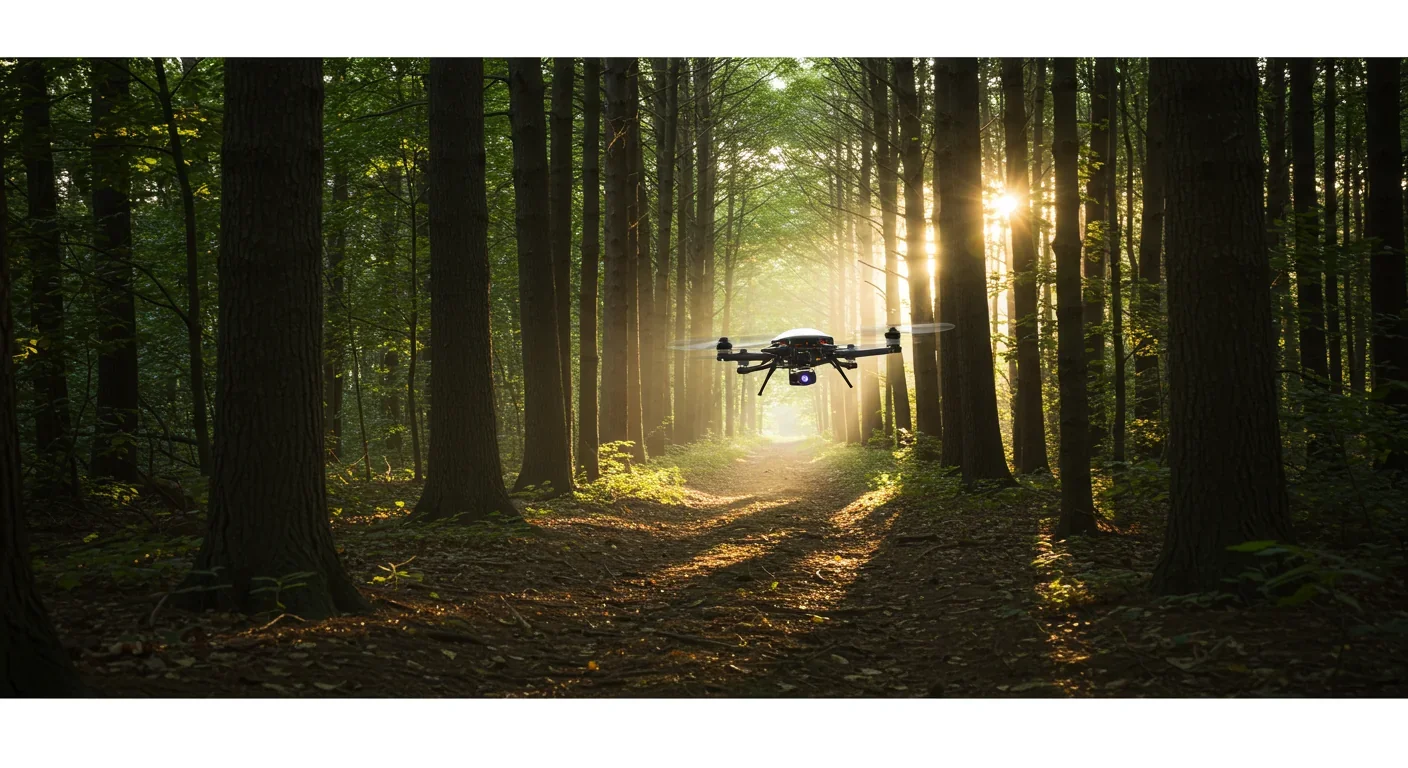
The discoveries emerging from bee VR studies are genuinely surprising. For decades, scientists assumed that cognitive maps—internal representations of space that allow flexible navigation—required large brains. The classic experiments were done on rats navigating mazes, and the neural mechanisms involved vast networks of place cells and grid cells in the hippocampus.
Bees don't have a hippocampus. They don't have place cells as we understand them. Yet VR experiments prove they absolutely form cognitive maps.
In one elegant study, bees learned to navigate a virtual corridor with distinct visual landmarks. Once trained, researchers removed the landmarks one by one. The bees continued flying to the correct locations, compensating for missing cues by using remaining landmarks and their own movement estimates. This is path integration—keeping track of your position by monitoring your own movements—combined with landmark-based navigation.
Even more impressive, bees can learn hierarchical rules. VR studies have shown that bees trained on one virtual environment can apply learned strategies to completely novel landscapes. They extract abstract principles like "turn at the third landmark" rather than memorizing specific visual snapshots. This is concept formation, not simple pattern matching.
The mushroom body neurons recorded during these tasks show dynamic activity patterns that correlate with both the bee's current position and its intended destination. As neuroscientist Randolf Menzel discovered through decades of bee research, these patterns suggest the mushroom bodies don't store a static map. Instead, they generate context-dependent representations that change based on the task and the bee's recent experiences.
What's particularly fascinating is how bee working memory operates. Studies using virtual discrimination tasks found that bees hold visual information in their optic lobes—early visual processing areas—for several seconds. Research comparing memory systems across species suggests this visual working memory in bees functions similarly to visual working memory in humans, despite completely different brain architectures.
This hints at a profound principle: effective solutions to navigation problems may be constrained more by the physics of the task than by the size or structure of the brain solving it. A bee's brain isn't a scaled-down mammal brain; it's an entirely different solution to the same computational challenge.
Engineers building autonomous drones and robots face the same problem bees solved millions of years ago: how to navigate complex environments with limited computational resources. Current AI navigation systems often require massive processing power, detailed pre-mapped environments, and energy-hungry sensors like LIDAR.
Bees navigate using vision alone, process information with a fraction of a watt of power, and work in unmapped terrain. This has not gone unnoticed by roboticists.
Multiple research teams are now developing bio-inspired navigation systems based directly on bee VR experiments. The approach is straightforward: understand the neural algorithm bees use, then implement it in silicon.
One particularly successful application involves visual odometry—estimating movement by tracking how the visual scene changes. Bees gauge distance flown by monitoring optic flow, the apparent motion of textures as they fly past. VR studies revealed exactly how bees extract this information, which visual features they prioritize, and how they combine optic flow with landmark recognition. Engineers coded these principles into drone navigation software, creating systems that navigate through forests and urban environments using only camera input and minimal processing.
Another application tackles the "correspondence problem" in vision: matching features seen from different angles. When a bee returns to a flower patch, it needs to recognize landmarks despite approaching from different directions, in different lighting, with different surrounding blooms. VR experiments showed that bees use a specific strategy involving high-contrast edges and spatial relationships between multiple features. Implement that same strategy in a robot, and suddenly it can reorient itself in previously visited locations without needing GPS or elaborate mapping.
Some researchers have taken inspiration even further. A team developed adaptive sensor placement algorithms modeled on bee foraging behavior learned from VR studies. The system positions environmental monitoring sensors by mimicking how bees distribute their foraging efforts across patchy flower resources—balancing exploration of new areas with exploitation of known productive zones.
The energy efficiency alone makes bee-inspired navigation attractive. A honeybee's brain operates on about 10 milliwatts. The computer in a modern autonomous car uses thousands of watts. For applications like environmental monitoring drones that need to operate for hours on battery power, or swarms of small robots exploring disaster zones, bee-level efficiency isn't just nice to have—it's necessary.
Beyond robotics, VR bee research carries urgent implications for conservation. Pollinator populations are declining globally, driven by habitat loss, pesticides, disease, and climate change. Understanding exactly how bees navigate their environment helps us predict how they'll respond to these pressures.
For instance, VR studies have revealed how bees handle environmental degradation. When virtual landscapes gradually lose landmarks—simulating deforestation or agricultural monoculture—bees compensate by relying more heavily on path integration and geometric cues. But there are limits. Below a certain threshold of landmark density, navigation efficiency collapses.
This translates directly to conservation planning. We now know that preserving scattered trees or hedgerows in agricultural areas provides critical navigational waypoints for foraging bees, allowing them to access distant flower patches they'd otherwise struggle to reach. VR research quantified exactly how many landmarks are needed and how they should be distributed.
Pesticide effects can also be studied with precision using VR. Researchers expose bees to sublethal doses of neonicotinoid insecticides, then test their navigation abilities in virtual environments. The results are sobering: even doses below what's considered safe impair the neural mechanisms underlying cognitive mapping. Bees affected by these pesticides struggle to learn new routes, forget landmarks more quickly, and show disrupted mushroom body neuron firing patterns.
Critically, VR allows these studies to isolate pesticide effects from other variables that confound field studies. You can test the exact same virtual environment before and after exposure, eliminating differences in weather, flower availability, or predation pressure.
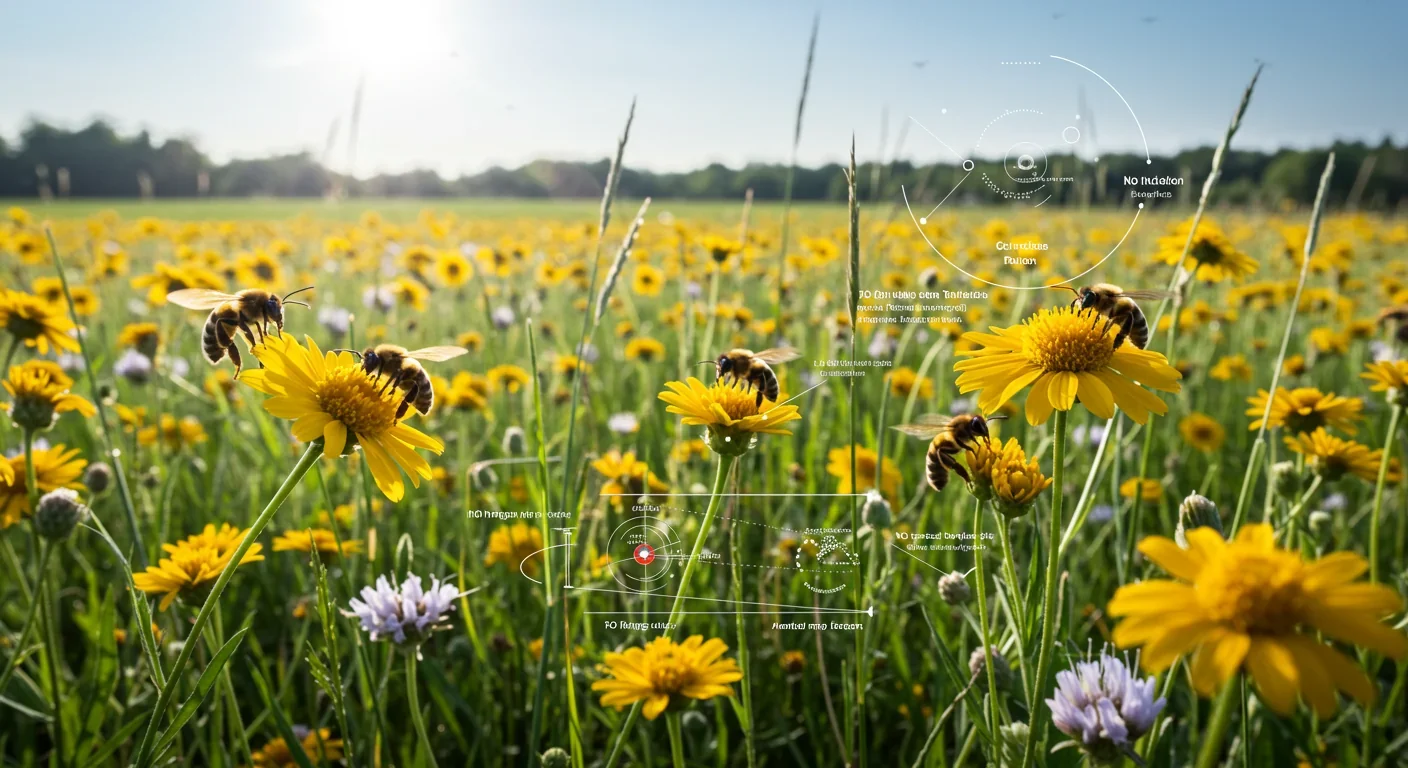
There's also a broader insight emerging: cognitive flexibility may be as important as physical health for pollinator survival. A bee that can adapt to changing landscapes, learn new flower locations, and communicate effectively with nestmates will thrive where a less cognitively capable bee might fail. VR studies quantify this flexibility, helping us identify which bee species and populations are most resilient to environmental change.
Perhaps the most profound implication of bee VR research is what it reveals about the nature of intelligence itself. For most of neuroscience's history, brain size seemed paramount. More neurons meant more cognitive capacity. The impressive abilities of corvids and primates were attributed to their large brains relative to body size.
Bees demolish this assumption. With a neural system three orders of magnitude smaller than a mouse brain, they demonstrate spatial memory, concept formation, symbolic communication, and flexible problem-solving that would have been considered impossible without millions of neurons.
The answer seems to lie in efficiency and specialization. Bee brains aren't general-purpose computers trying to do everything; they're exquisitely optimized for specific tasks critical to their survival. The mushroom bodies devote massive neural real estate—proportionally far more than mammalian navigation systems—to processing multimodal sensory information and forming associations.
VR studies using neural recording revealed something unexpected: individual mushroom body neurons in bees respond to combinations of features rather than single stimuli. One neuron might fire when the bee sees a blue landmark on the left combined with forward motion. Another fires for yellow landmarks on the right during turning. This combinatorial coding allows a relatively small number of neurons to represent an enormous number of distinct situations.
It's fundamentally different from how we think about neural coding in mammalian brains, where single neurons often represent specific places or features. The bee brain achieves similar computational outcomes through different architectural principles. VR provides the controlled conditions needed to discover these principles because researchers can systematically vary individual features while recording neural responses.
These insights feed back into neuroscience theory. If bees achieve cognitive mapping through dense combinatorial coding rather than specialized place cells, maybe other small-brained animals do too. Maybe even some aspects of human cognition use similar principles in neural systems we haven't examined closely enough.
The scientific investigation of bee cognition through VR spans international boundaries, with distinct research cultures approaching the problem differently. European research groups, particularly in Germany and the UK, have led the way in naturalistic studies, often conducting VR experiments that closely mimic real foraging scenarios. Their work tends to emphasize evolutionary and ecological context.
In contrast, research teams in the United States and Australia often take a more systems-neuroscience approach, using VR to isolate specific cognitive functions and neural mechanisms. Japanese researchers have pioneered some of the most sophisticated miniaturized recording equipment, pushing the technical boundaries of what's possible with insect electrophysiology.
These different approaches complement each other beautifully. European ecological insights inform the design of realistic VR environments. American neural recording studies reveal the mechanisms underlying behaviors documented in those environments. Japanese technical innovations enable both.
There's also growing interest from countries facing acute agricultural challenges. Research groups in India, Brazil, and Kenya are adapting VR methods to study local bee species critical for crop pollination. These studies reveal that navigation strategies vary significantly across species and ecosystems. Asian giant honeybees navigate dense tropical forests using different landmark strategies than European honeybees in open meadows. African stingless bees show unique path integration abilities suited to their savanna habitats.
This diversity matters. Global food security depends on diverse pollinator populations, and effective conservation requires understanding the specific navigation needs of different species in different environments. VR technology, once confined to well-funded Western laboratories, is becoming accessible enough for research institutions worldwide to deploy.
As bee VR research advances, it raises questions that extend beyond methodology. Is it ethical to tether insects for hours in virtual environments? How do we balance the knowledge gained against any distress caused to individual bees?
Most researchers argue that the scientific and conservation benefits justify carefully designed experiments, particularly given that bees aren't harmed and often show every sign of engaging voluntarily with VR tasks—returning repeatedly to virtual feeders and learning virtual routes with apparent eagerness. But the question remains open for debate as we extend these methods to more species.
Looking forward, several technological advances will likely transform bee VR research over the next decade. Wireless neural recording systems are under development that would allow completely free flight in virtual environments. Fully immersive VR arenas are being built that can accommodate multiple bees simultaneously, enabling studies of social learning and collective intelligence.
Some researchers envision mixed-reality systems where bees navigate real physical spaces augmented with virtual elements. This could reveal how bees integrate different types of spatial information and test whether insights from pure VR generalize to hybrid environments.
Perhaps most ambitiously, scientists are beginning to develop "brain-in-the-loop" systems where artificial neural networks learn navigation by watching bee brain activity during VR trials. The goal is to discover not just what bees do, but to extract the actual computational principles their neurons implement, then use those principles to build better AI.
The virtual reality labs where bees fly through digital landscapes represent more than technical wizardry. They're windows into alternative solutions to intelligence—proof that evolution discovered multiple pathways to sophisticated cognition.
Every time a bee successfully navigates a virtual corridor, recognizes a displaced landmark, or integrates dance information with remembered routes, it demonstrates that our assumptions about intelligence and brain size need revision. The cognitive capacity we see in mammals isn't the only kind that matters.
For engineers, this means bio-inspired navigation systems that work with minimal computational resources. For conservationists, it means precise understanding of how environmental changes affect pollinators. For neuroscientists, it means new theoretical frameworks for how neural systems encode space and memory.
But perhaps the deepest lesson is humility. We share this planet with creatures whose mental lives we're only beginning to understand. A honeybee experiencing a virtual landscape is engaged in a cognitive act—forming memories, making decisions, updating its map of the world. That act happens in a brain smaller than a grain of rice, yet it reflects principles of intelligence that may be more universal, more fundamental, than we imagined.
When we peer into the bee's brain through the lens of virtual reality, what looks back is something stranger and more wonderful than simple instinct. It's a different kind of mind entirely, and understanding it might just teach us what our own minds truly are.
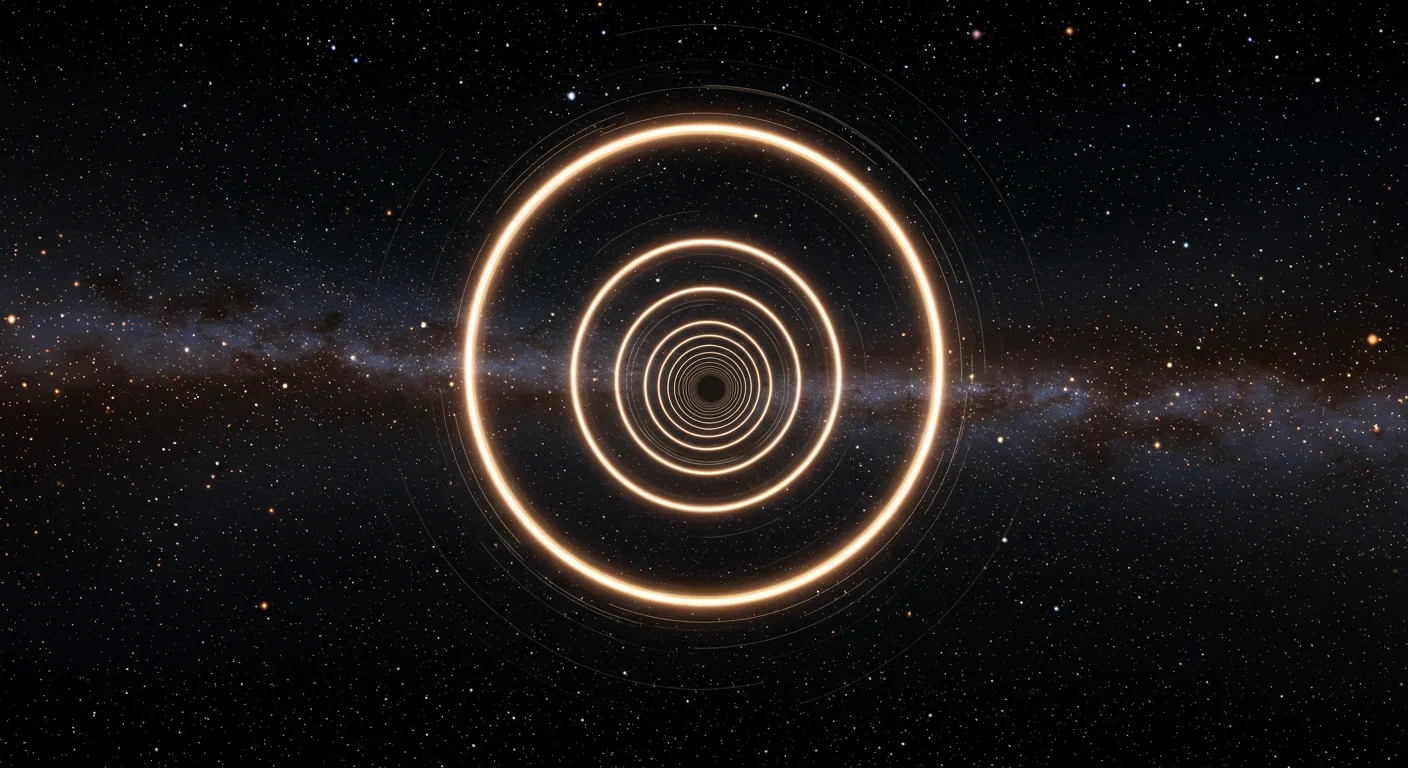
Wormholes collapse instantly because they require exotic matter with negative energy that doesn't exist in useful quantities, and quantum instabilities destroy them faster than light can cross their throats, making spacetime shortcuts a physics impossibility.

Scientific studies reveal electromagnetic hypersensitivity sufferers experience genuine symptoms but cannot detect EMF exposure better than chance, pointing to the nocebo effect rather than electromagnetic fields as the primary cause.
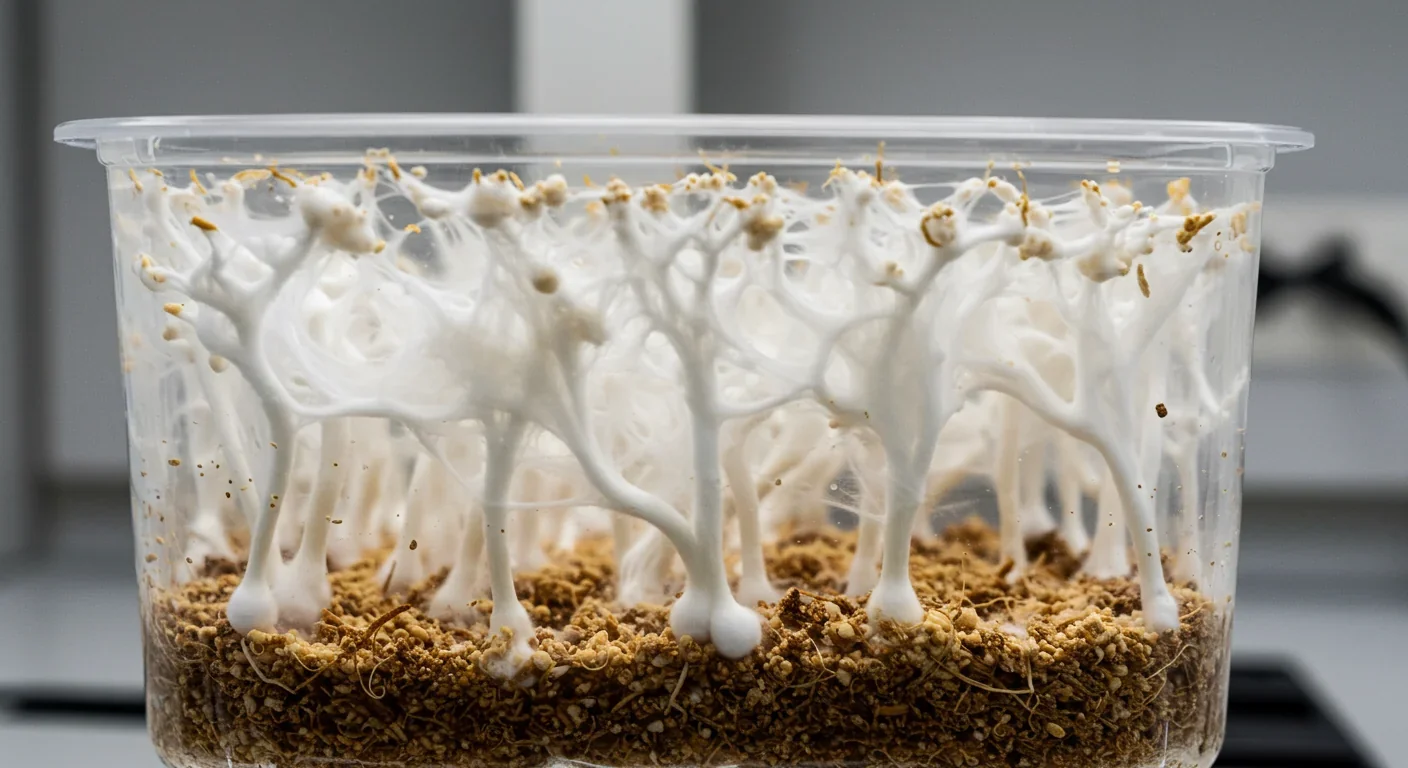
Mycelium packaging grows from agricultural waste in days, decomposes in weeks, and is already shipping in Dell computers and IKEA furniture—proving fungi can replace foam.

Our attraction to impractical partners stems from evolutionary signals, attachment patterns formed in childhood, and modern status pressures. Understanding these forces helps us make conscious choices aligned with long-term happiness rather than hardwired instincts.

Virtual reality experiments are revealing how honeybees form sophisticated cognitive maps with brains smaller than sesame seeds, revolutionizing our understanding of intelligence and inspiring energy-efficient robots while guiding pollinator conservation.

Millions of student loan borrowers are refusing to repay as an organized protest against a $1.77 trillion debt system they view as exploitative. With one in three borrowers at risk of default by 2025, this movement challenges whether the entire higher education financing model can survive.

Blockchain-based social networks like Bluesky, Mastodon, and Lens Protocol are growing rapidly, offering user data ownership and censorship resistance. While they won't immediately replace Facebook or Twitter, their 51% annual growth rate and new economic models could force Big Tech to fundamentally change how social media works.